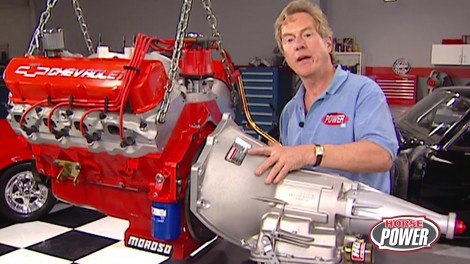
Super Nova Part 3
In the shop, we work on our project Supernova, installing a powerful 572 GM performance engine that cranks out over 750 horsepower.
Season 7
Episode 18
Hosts: Joe Elmore, Chuck Hanson
First Air Date: September 28, 2022
Duration: 20 minutes 50 seconds




























